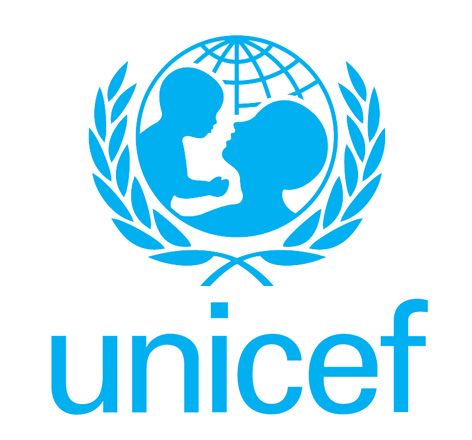At least two-thirds of Nepal’s schoolchildren unable to access remote learning during school closures: UNICEF

Kathmandu / Aug 28: More than two-thirds of Nepal’s schoolchildren are deprived of distance learning during their school closures, the United Nations Children’s Fund (UNICEF) stated in a report on Friday.
Based on its Child and Family Tracker survey, UNICEF Nepal found that more than two-thirds of Nepal’s schoolchildren are unable to access remote learning during school closures.
Academic institutions including schools are shut across the country since Nepal went into a nationwide lockdown on March 24 this year. Although the government lifted the lockdown after 120 days, local administrations in more than 50 districts have enforced prohibitory orders and curfews in a bid to curb the spread of coronavirus.
“Only three out of 10 children have access to television, radio and Internet-based learning platforms. Among them, only 80 percent use distance learning platforms for their learning activities,” the UNICEF stated in a press release.
Similarly, the report shows that the poorer the household, the less likely it is that children can access or will use distance learning. “The data shows that only five per cent of children in the poorest households have access to and use distance learning,” reads the report. The same report states that at least a third of the world’s schoolchildren – 463 million children globally – were unable to access remote learning after COVID-19 shuttered their schools.
“For at least 463 million children whose schools closed due to COVID-19, there was no such a thing as remote learning,” Henrietta Fore, UNICEF Executive Director was quoted in the press release as saying.
“The sheer number of children whose education was completely disrupted for months on end is a global education emergency. The repercussions could be felt in economies and societies for decades to come.” At the height of the nationwide and local lockdowns, nearly 1.5 billion schoolchildren were affected by school closures, the report said.
The Remote Learning Reachability report unveiled by UNICEF has outlined the limitations of remote learning and exposes deep inequalities in access. According to UNICEF, the Remote Learning Reachability report uses a globally representative analysis on the availability of home-based technology and tools needed for remote learning among pre-primary, primary, lower-secondary and upper-secondary schoolchildren, with data from 100 countries.
Data include access to television, radio and the Internet, and the availability of curriculum delivered across these platforms during school closures. Although the numbers in the report present a concerning picture on the lack of remote learning during school closures, UNICEF has warned that the situation is likely far worse.
“Even when children have the technology and tools at home, they may not be able to learn remotely through those platforms due to competing factors in the home including pressure to do chores, being forced to work, a poor environment for learning and lack of support in using the online or broadcast curriculum,” reads the report.
The Remote Learning Reachability report highlights the significant inequality across regions. Schoolchildren in sub-Saharan Africa are the most affected, with half of all students lacking access to remote learning.
Schoolchildren from the poorest households and those living in rural areas are by far the most likely to miss out during closures, the report says.
“Globally, 72 per cent of schoolchildren unable to access remote learning live in their countries’ poorest households. In upper-middle-income countries, schoolchildren from the poorest households account for up to 86 per cent of students unable to access remote learning. Globally, three quarters of schoolchildren without access live in rural areas,” the report added.
The report also noted varying rates of access across age groups, with the youngest students most likely to miss out on remote learning during their most critical years of learning and development:
Around 70 per cent of schoolchildren of pre-primary-age – 120 million children – cannot be reached, largely due to challenges and limitations to online learning for young children, lack of remote learning programmes for this education category, and lack of home assets for remote learning.
At least 29 per cent of primary schoolchildren – 217 million students – cannot be reached. At least around 24 per cent of lower-secondary schoolchildren – 78 million students – were not reached.
Upper-secondary schoolchildren were the least likely to miss out on remote learning with at least around 18 per cent – 48 million schoolchildren– not having the technological assets to access remote learning.
The UN body also urged governments to prioritize the safe re-opening of schools when they begin easing lockdown restrictions. When reopening is not possible, UNICEF has urged governments to incorporate compensatory learning for lost instructional time into school continuity and reopening plans.
“School opening policies and practices must include expanding access to education, including remote learning, especially for marginalized groups. Education systems must also be adapted and built to withstand future crises,” the report stated.
